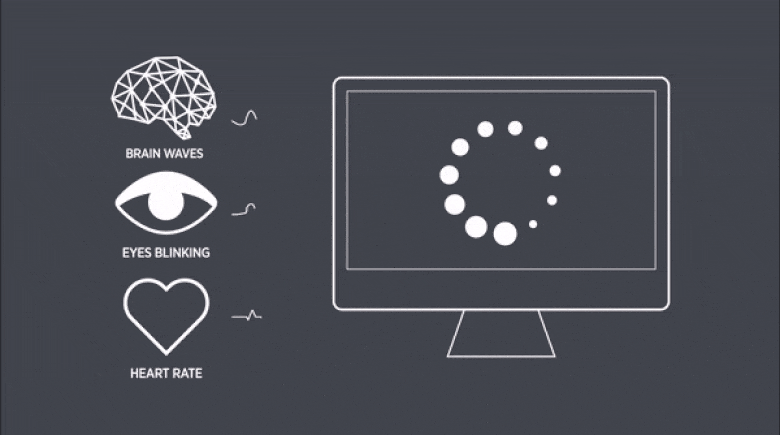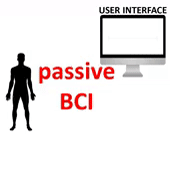
Because of the increasing complexity of automation, the act of monitoring and intervening on the system is becoming very demanding for humans, especially when they are overwhelmed with multiple sources of information on the same perceptual channels, e.g., two visual stimuli. In the last years, it has been explored the possibility to evaluate in real-time the actual cognitive state (e.g. workload, attention) of the operator by using passive Brain-Computer Interface (pBCI) technologies. Such systems could be able to detect specific cognitive states even before they can reach the user’s consciousness and affect user’s operative behaviors. In other words, potentially dangerous situations may be detected even before the operator starts to perform an action, representing a critical aspect in safety-critical contexts, such as aviation, vehicles driving, industrial environments or security surveillance. The combination of the results from cognitive neuroscience and systems, allowing the detection of specific mental states while dealing with operative activities, may lead to a new generation of devices (pBCI – based) to employ for enhancing human performance or fully adapting user interfaces. Consequently, the final outcome would be the improvement of Human-Machine Interaction to prevent errors commission in operational environments.
Many works demonstrated the reliability of pBCI systems in evaluating user’s mental states in laboratory settings. Anyhow, in more complex conditions (i.e. real settings) there might be different factors unrelated to the mental state of interest that can cause either the same or even a reversed effect, potentially annihilating the usability of the pBCI-based measure previously validated in controlled settings.
The proposed mini-review highlighted the most important issues and recommendations to be taken into account for an effective implementation and use of pBCI systems in real contexts. Future trends and gaps to bridge in order to make such systems usable in real operational environments have been presented and discussed.
Research Website: http://humanfactors.brainsigns.com/

